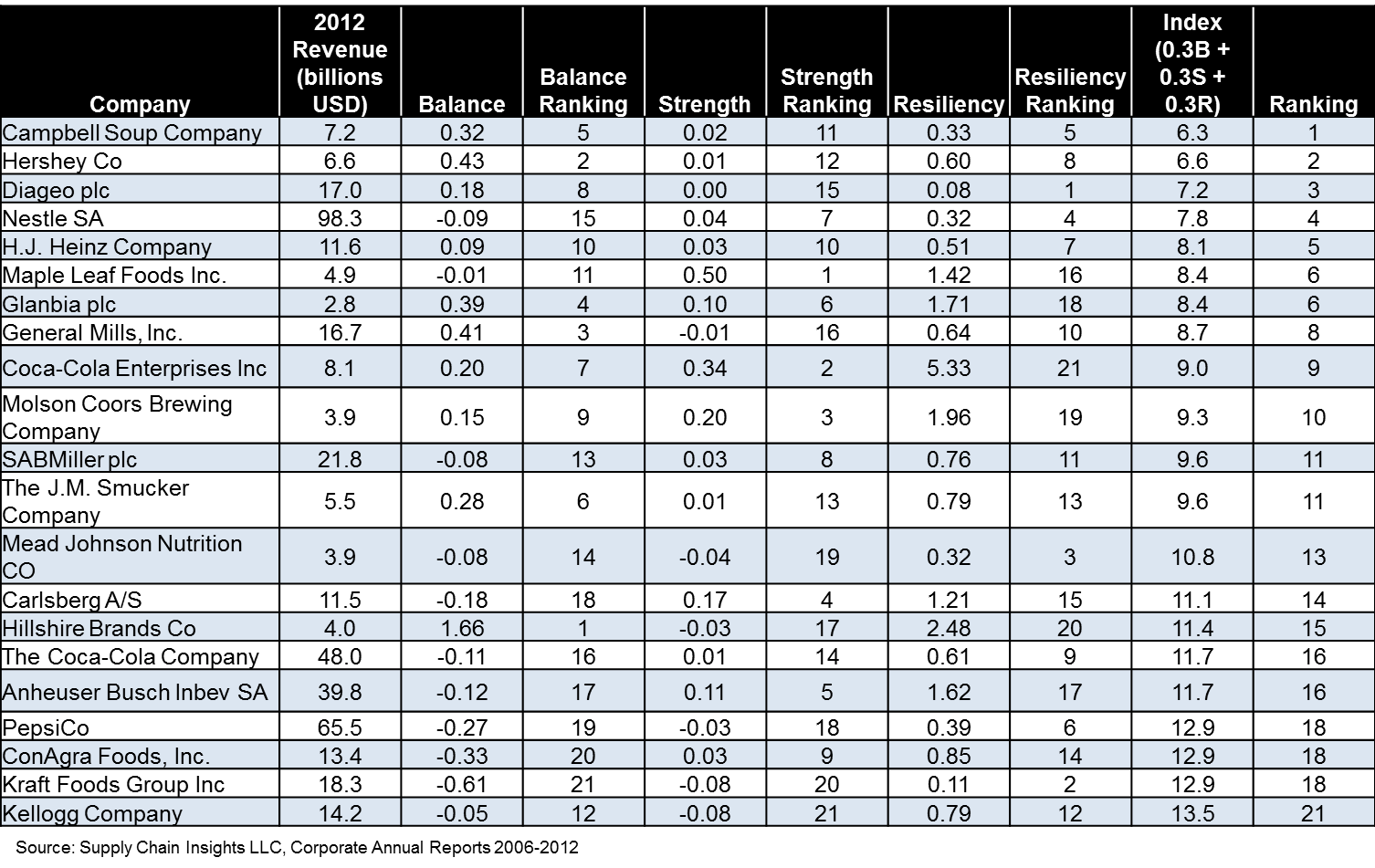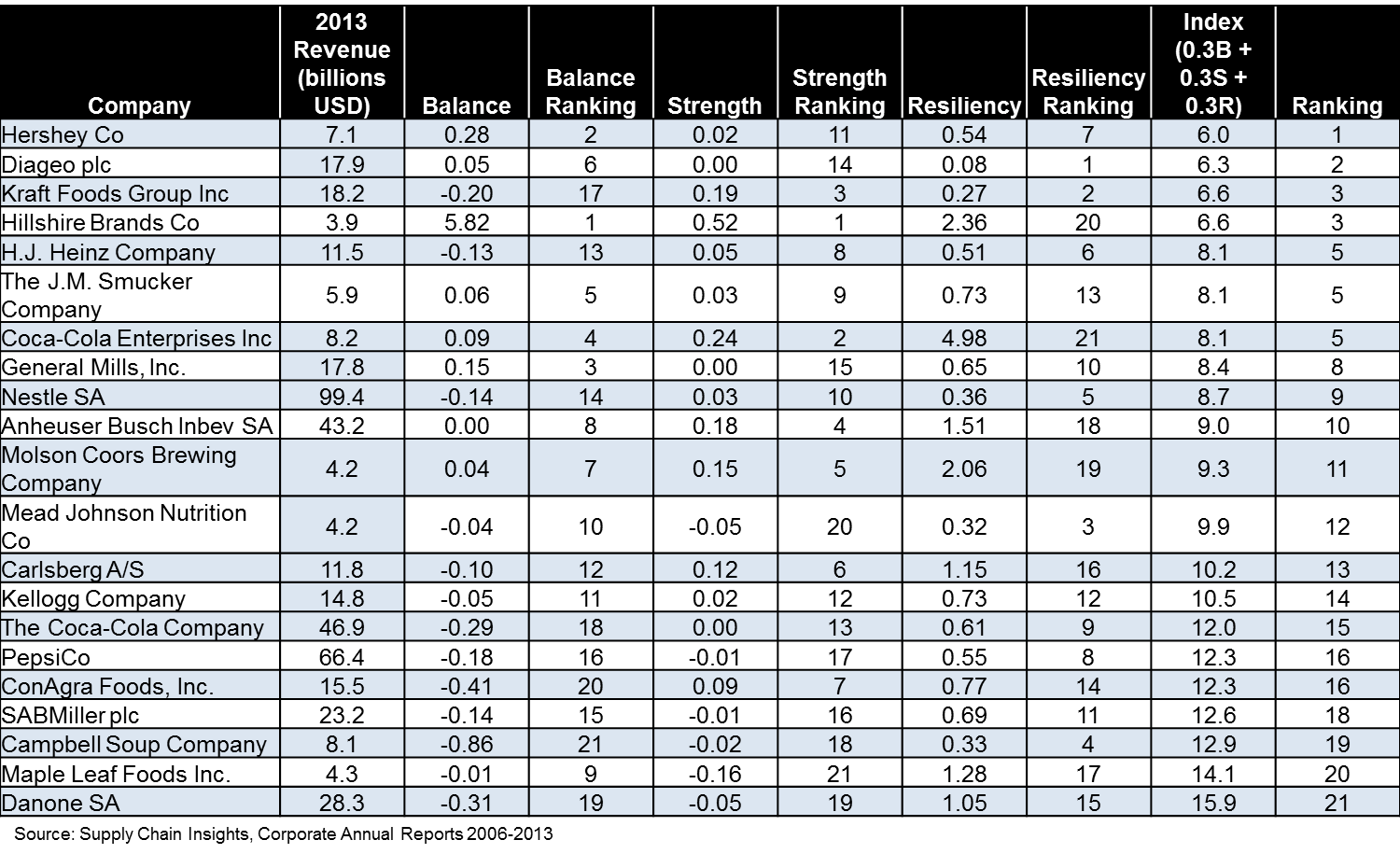Faced with cash calls from their banks and creditors in the wake of the financial meltdown, many companies sought to squeeze funds out of their working capital. They did so by going after customers who owed them money, cutting down on the costs associated with inventory, and increasing their days payable outstanding.
The result is that many corporate coffers are filled to bursting with cash. To some experts, that abundance has led to a certain complacency about making improvements in working capital. In 2010, following the worst year in recent memory in terms of working capital performance, nonfinancial companies merely treaded water. The three components of days working capital showed similarly sluggish levels of improvement. Days sales outstanding (DSO) declined 0.1%, while days inventory outstanding (DIO) and days payable outstanding (DPO) each improved just 1.1%, according to the 2011CFO/REL Working Capital Scorecard. (For full coverage of the scorecard’s results, see the upcoming July/August issue of CFO magazine.)
Still, there are indications that many companies are looking to better those results. With much of the low-hanging fruit of working capital improvements already picked in the wake of the financial meltdown, a good area to look for betterment is on the payment side, says Steve Riordan, global managing director of advisory services at PRGX, a working capital consultancy.
1. Let A/P chiefs drive A/P improvements. Companies composed of many divisions often put finance and accounting shared-services groups together to support all those units. When it comes to working capital improvements, a subgroup consisting of executives from purchasing, treasury, and payables often will run the show.Often overlooked because of the relatively low status of accounts payable in finance departments, A/P thus provides an opportunity for process and structural improvements that can enable companies to hold on to their cash longer. For companies looking to improve their DPO scores, Riordan recommends the following:
The problem at many companies, however, is that while people from all three functions are responsible for the project, “it’s not clear who’s ultimately accountable for improving working capital,” says Riordan.
When it comes to projects aimed at improving payment terms, though, it’s clear who should be in charge: the A/P director, who often reports to the controller. Sitting on mountains of data about externals (how fast vendors are being paid by the entire market and on what terms) and internals (the kind of job purchasing managers are doing in managing payables), the A/P chief is in the best spot to see where improvements need to be made.
2. CFOs or chief procurement officers should sponsor the effort. While they don’t have the time to take the day-to-day lead, executives who directly report to chief executive officers should take responsibility and “own the business case” for the project. In particular, the finance or procurement chief should be committed — and drive the company’s commitment — to a particular return on investment.
Besides the truism that corporate initiatives rarely succeed without top-management buy-in, an important reason for high-level sponsorship is that some decisions regarding payables can affect the company’s value and reputation. One of Riordan’s clients, a large supermarket chain, ran into a big problem with a vendor when the chain tried to stretch its payment terms from 21 days to 30 days. The vendor “actually went to the press and tried to insinuate that my client was having cash-flow problems and bigger issues,” he says.
Even though the company was a stable and successful retailer, “the vendor was able to cast some doubt on the company’s finances,” the consultant adds. As a result, it took the involvement of senior management on both sides to resolve the situation.
3. Build a strong alliance between finance and purchasing. While they’re not exactly rivals, finance and procurement executives have sharply different perspectives when it comes to payables. Purchasers decide what they’re going to buy and buy it. Finance and accounting folks focus on the effects of those purchases on company cash flows.
For their part, buyers don’t tend to be rewarded for getting the best payment terms and hence don’t often negotiate for them. Sensing that, crafty vendors sometimes try “to drive a wedge between finance and purchasing” by trying to convince purchasers that payables terms aren’t all that significant, Riordan observes. To get the best arrangement, the two functions need to close ranks.
4. Approach vendors differently. Setting a broad corporate payables goal and then expecting managers to achieve uniform results from vendors is “never successful,” maintains Riordan. Rather than blanketing all sellers with the same request for improved terms, A/P execs should divide vendors into different categories and then tailor the companies’ approach accordingly.
Riordan likes to divide vendors into four groups. First are the “untouchables.” Because such sellers have significantly more power than the buyer in their relationship, buyers shouldn’t even attempt to get them to change payment terms. While the second group, the “squeaky wheels,” may complain vociferously about such requests, they will in the end come to a settlement. The best way to eke out an improvement is thus to engage them in live meetings.
The third category — the “good soldiers” — will “scream and yell and make lots of noise, but in the end they’re going to do what you ask them to do,” says Riordan. Last are the “wallflowers,” who need the buyers’ business so much that they’re in no position to refuse to come to terms.
Not much thinking has to go into getting wallflowers to accept later payments. All a CFO has to do in such cases, says Riordan, is to send them a letter that begins: “Congratulations! To keep doing business with us, your new terms are….”
5. Start the bargaining from a rigorous baseline. Companies can lose money if they try to negotiate purchasing terms strictly on the basis of price, forgetting to factor in delivery costs, vendor discounts, and allowances. In negotiating longer payment terms, buyers should have a firm grasp of the effect of the purchase on their company’s adjusted gross margin — which includes such costs — rather than simply on its gross margin.
If a buyer lacks such an understanding, the seller can manipulate the deal by agreeing to stretch the payment terms but charging too much for doing so. “You’re going to lose sight of [vendors] sneaking in and sort of taking money out of one pocket and putting it in the other,” says Riordan. “If you don’t understand their total profitability, you’ll have the illusion that you’ve gotten a total improvement, but you haven’t in fact gotten [one].”
6. Pay for performance. As is the case with all efforts to improve working capital performance, payables projects suffer from a tendency on the part of companies to gauge success — and executive compensation — solely on the basis of the bottom line of the income statement. But since they tend to boost cash rather than revenues, working capital improvements tend to show up as cash assets on the balance sheet or as upticks on the cash-flow statement, rather than as profits.
The solution is to build budgets and create incentives that are based on cash. Specifically, a company can supply senior executives with “protected budgets” in which targets aren’t based on sales increases. It can also embed cash-flow-improvement targets into their bonus structures. The idea, says Riordan, is to motivate “the people who live and die every day by the income statement to help the company out and improve the cash balance.”



![[Figure 1] Third-party logistics net revenues by segment](http://www.supplychainquarterly.com/issues/2014/05/images/figures/thumbnails/20140818convergence_ex1.thumb.jpg)


